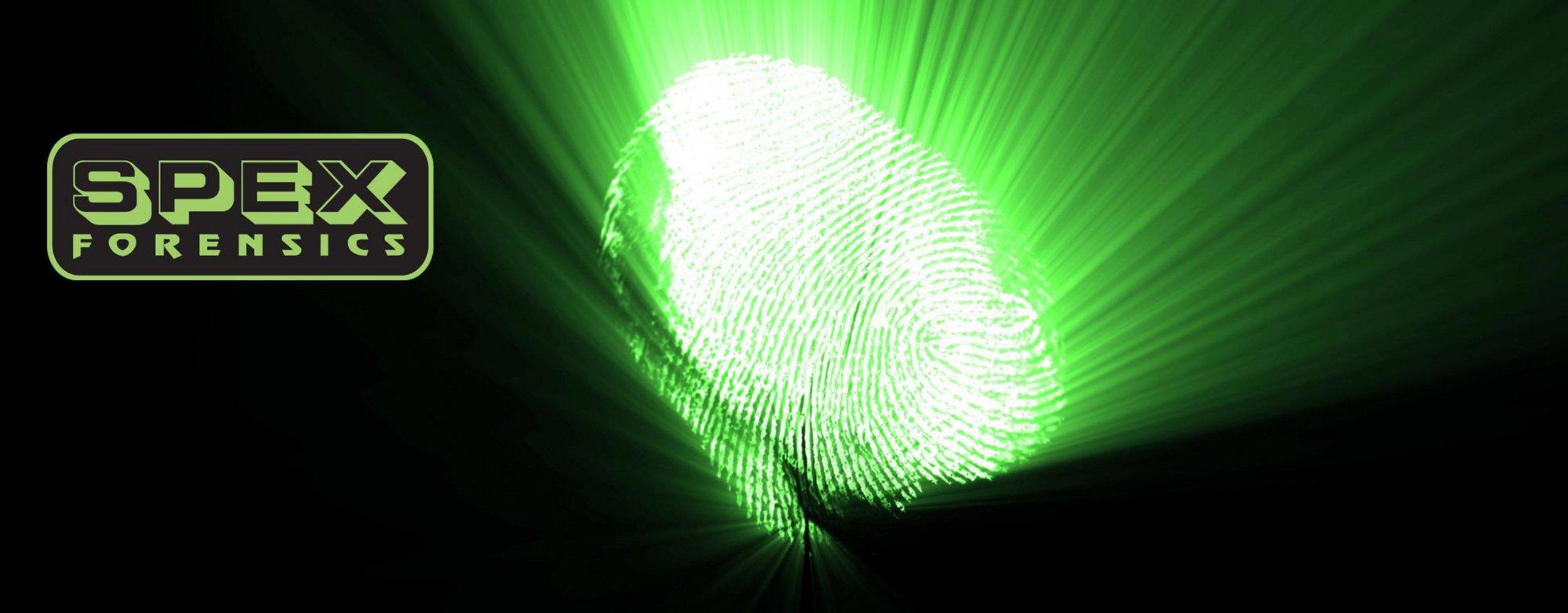
Reflective Ultra Violet Imaging Systems are an integral part of the crime scene investigator‘s search for evidence. By enhancing the observation and collection of evidence including latent prints on smooth non-porous surfaces, bites, bruises, blood detection with Bluestar®, and shoe impressions, SceneScope RUVIS Devices provide more sensitivity than traditional methods of enhancement and without any treatment. Print collection can be performed on surfaces such as plastic bags, sticky side of tape, glossy magazine, photographs, linoleum tile, compact disks, credit cards, etc…Cyanoacrylate treatment will further enhance the results of SceneScope RUVIS Devices.
Reflective Ultra Violet Imaging System
SceneScope RUVIS Devices provide more sensitivity than traditional methods of enhancement and without any treatment. Detect untreated prints on smooth, non-porous surfaces and capture in Ultra High Definition.
SceneScope RUVIS Devices allow the detection of latent prints, prior to treatment. This is possible on surfaces that reflect light very well and do not absorb prints. That is to say surfaces that are smooth and non porous. Untreated sweaty prints show as white reflective ridges on a black background. Untreated oily prints appear as strong, black ridges on a shiny background.
As surfaces become rougher or more porous, “superglueing” the print may extend the range of surfaces on which RUVIS will work. Additionally, RUVIS may help avoid over fuming since SceneScope RUVIS Devices can see the ridges after only a slight fuming.
ALL RUVIS devices use 254nm UV light but they are not detecting fluorescence. Instead the device looks for the reflections and scatter of the 254nm light off of the fingerprint ridges.
By varying the angle of incidence, the direction the light falls onto the surface, you attempt to find an angle that causes only the reflection and scatter of the fingerprint ridges to appear and the reflection off the background to disappear. Ideally, this results in an image where the ridges appear bright and the background appears dark.
Because of limited funds, sometimes agencies have to choose which technology they should purchase first. We created the following video to help understand the choice.
Oblique Lighting
Perpendicular Lighting
Because RUVIS devices see surface detail, they only see material deposited on those surfaces, not materials “IN” the surfaces. This allows superior Background Rejection as the device does not see inks and patterns in printed material. As long as the surface does not show rises or indents, the background will disappear.
Visible Light
Shortwave UV
The following image is only possible with a Digital RUVIS system.
An example of a superglued print on a plastic bag
All SceneScope RUVIS Devices include eye and skin protection devices against UV radiations. All RUVIS devices include lamps that emit high-intensity shortwave ultraviolet. Exposure to these wavelengths of radiation, even reflected or diffuse, can result in serious, and sometimes irreversible, eye and skin injuries. Never aim the shortwave UV lamp at anyone. Never look directly into the shortwave UV lamp. Always wear appropriate eye and skin protection when using any RUVIS device.
Do you have any questions or requests? Use this form to contact our specialists.




